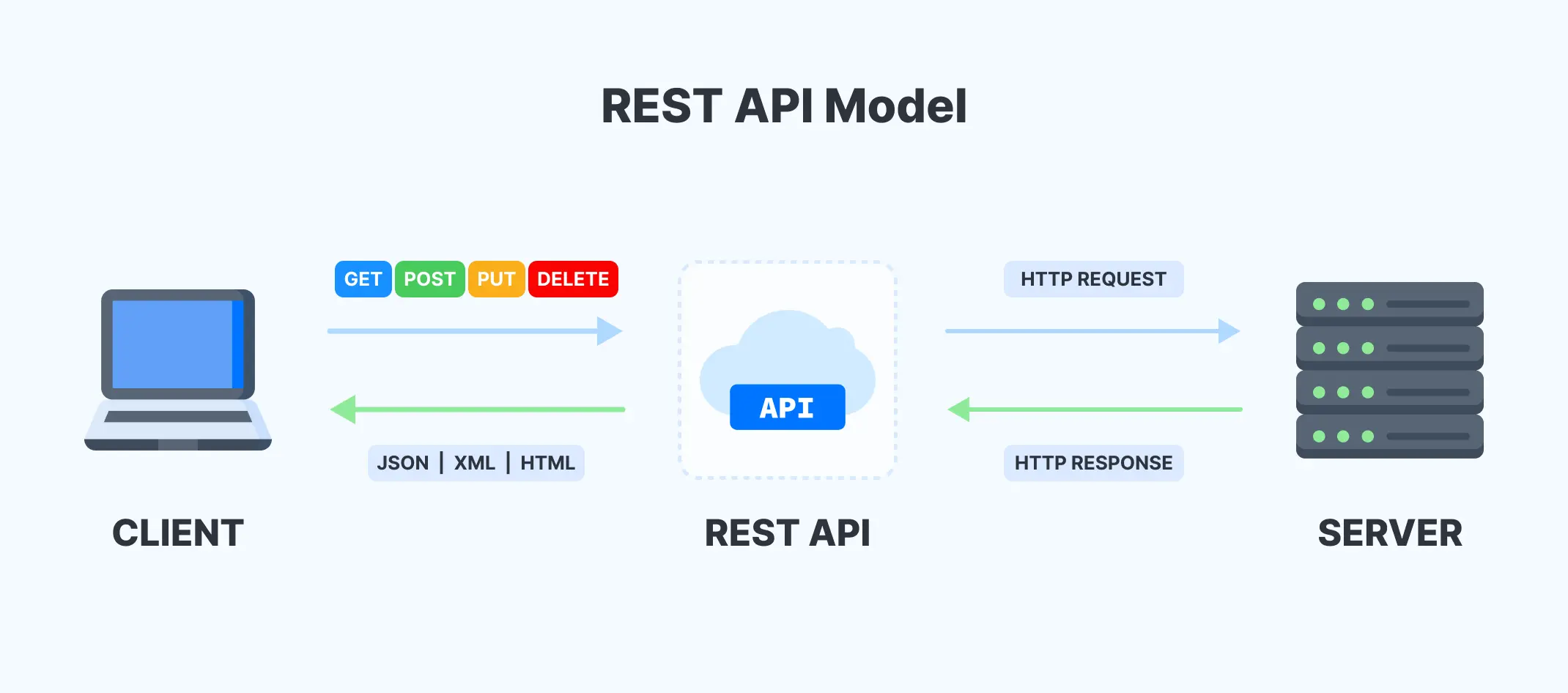
In the ever-evolving landscape of web development, scalability, flexibility, and speed are critical. Traditional monolithic architecture, while once standard, has its limitations—especially as applications grow in complexity. Enter microservices: a modern architectural approach that has gained significant traction among developers for its ability to break down complex applications into manageable, independent services. In this blog post, we’ll dive into what microservices are, their benefits, and how they are transforming web development.
Microservices are a software architecture pattern where an application is divided into small, self-contained services. Each microservice focuses on a specific business function and can be developed, deployed, and scaled independently. Unlike monolithic architectures, where all components are tightly coupled and run as a single process, microservices allow different parts of an application to operate independently, communicating with each other through APIs.
While microservices offer many advantages, they also come with challenges. Managing multiple services requires effective communication, robust API design, and comprehensive monitoring. Additionally, microservices can introduce complexity in data management, as services may need to share and synchronize data across distributed systems. To address these challenges, developers need to adopt best practices in DevOps, including automated testing, continuous integration, and containerization.
Microservices represent a paradigm shift in how we approach web development, offering unparalleled flexibility, scalability, and resilience. By breaking down applications into smaller, more manageable services, developers can build and maintain complex applications more efficiently. However, success with microservices requires careful planning, a strong understanding of distributed systems, and a commitment to continuous improvement.
As the demand for more responsive, scalable, and fault-tolerant applications grows, microservices will continue to play a critical role in the future of web development. Whether you’re starting a new project or refactoring an existing application, considering a microservices architecture could be the key to unlocking your project’s full potential.

